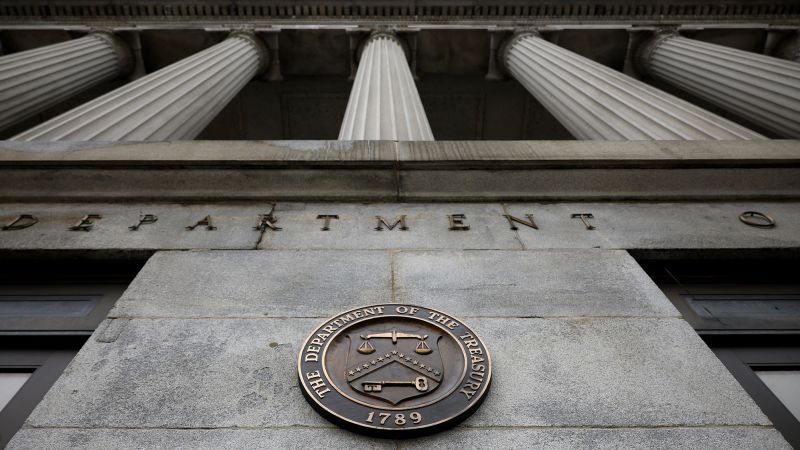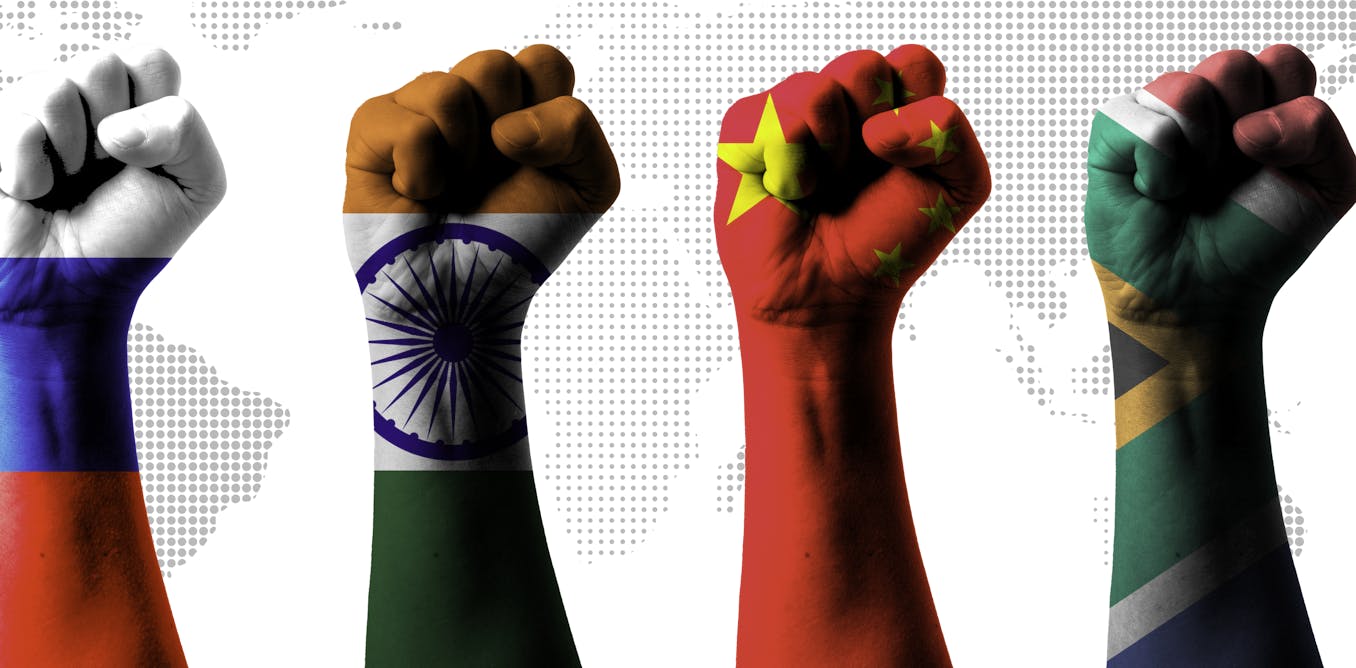China
Infant’s Death Inflames Health-Care Tensions in China
By Shangjing Li The tense relationship between doctors and patients in China has boiled over following the death of a 12-day-old infant in a hospital incubator in the eastern part of the country. Hospital authorities and the baby girl’s family present differing accounts of her death. The hospital says the baby died of a bacterial infection. The family insists the baby was scorched to death in the incubator, citing burns on the infant’s back, buttocks and legs. Images showing burns on the dead infant’s corpse were spread widely by local media outlets on the Twitter-like Sina Weibo microblogging platform, fueling public outrage. “Either the doctors are irresponsible or the hospital’s incubator is of poor quality. In either case, I’m furious!” wrote one microblogger. The infant’s farther, Ye Yilong, told the state-run China News Service (in Chinese ) that his daughter bad been born with low levels of oxygen in her blood and was sent to the intensive care unit at Quanzhou Children’s Hospital in the city of Quanzhou, in Fujian province, immediately after she was born in July 6. On Tuesday afternoon, he said, he was told that “everything is normal and she can be discharged tomorrow.” But the next morning, the hospital told him his daughter had died. According to the infant’s family, a physician at the hospital told them the baby had died of a bacterial infection. An initial investigation launched by health authorities in Quanzhou has come to a similar preliminary conclusion but more work is needed to confirm that result, the official Xinhua news agency said on Saturday (in Chinese). The incident comes as many Chinese are questioning the country’s healthcare system. Despite having poured $125 billion into overhauling health care, the government is still battling to improve the quality of care. Patients have increasingly taken out their frustrations directly on doctors, many of whom are overworked and underpaid. In some cases confrontations have turned violent. Last year, an 18-year-old teenager from Harbin, the capital of China’s northeastern Heilongjiang province, killed one medical worker and injured three others, after disputes over treatment of a spinal condition. He was sentenced to life in prison last October. Also last year, two doctors in Peking University People’s Hospital and General Hospital of Beijing Aerospace were seriously stabbed by one person on the same day. The man was later sentenced to 13 years in prison. In a 2012 survey of nearly 6,000 physicians in 3,300 hospitals by McKinsey& Co., 59% of doctors said they have been verbally assaulted by a patient or a patient’s family member, and 6% said they have been physically assaulted by patients. The family of the infant consented to an autopsy late Friday after initially resisting because they wanted to keep the baby’s body whole.
By Shangjing Li The tense relationship between doctors and patients in China has boiled over following the death of a 12-day-old infant in a hospital incubator in the eastern part of the country. Hospital authorities and the baby girl’s family present differing accounts of her death. The hospital says the baby died of a bacterial infection. The family insists the baby was scorched to death in the incubator, citing burns on the infant’s back, buttocks and legs. Images showing burns on the dead infant’s corpse were spread widely by local media outlets on the Twitter-like Sina Weibo microblogging platform, fueling public outrage. “Either the doctors are irresponsible or the hospital’s incubator is of poor quality. In either case, I’m furious!” wrote one microblogger. The infant’s farther, Ye Yilong, told the state-run China News Service (in Chinese ) that his daughter bad been born with low levels of oxygen in her blood and was sent to the intensive care unit at Quanzhou Children’s Hospital in the city of Quanzhou, in Fujian province, immediately after she was born in July 6. On Tuesday afternoon, he said, he was told that “everything is normal and she can be discharged tomorrow.” But the next morning, the hospital told him his daughter had died. According to the infant’s family, a physician at the hospital told them the baby had died of a bacterial infection. An initial investigation launched by health authorities in Quanzhou has come to a similar preliminary conclusion but more work is needed to confirm that result, the official Xinhua news agency said on Saturday (in Chinese). The incident comes as many Chinese are questioning the country’s healthcare system. Despite having poured $125 billion into overhauling health care, the government is still battling to improve the quality of care. Patients have increasingly taken out their frustrations directly on doctors, many of whom are overworked and underpaid. In some cases confrontations have turned violent. Last year, an 18-year-old teenager from Harbin, the capital of China’s northeastern Heilongjiang province, killed one medical worker and injured three others, after disputes over treatment of a spinal condition. He was sentenced to life in prison last October. Also last year, two doctors in Peking University People’s Hospital and General Hospital of Beijing Aerospace were seriously stabbed by one person on the same day. The man was later sentenced to 13 years in prison. In a 2012 survey of nearly 6,000 physicians in 3,300 hospitals by McKinsey& Co., 59% of doctors said they have been verbally assaulted by a patient or a patient’s family member, and 6% said they have been physically assaulted by patients. The family of the infant consented to an autopsy late Friday after initially resisting because they wanted to keep the baby’s body whole.
Read this article:
Infant’s Death Inflames Health-Care Tensions in China
Business
China-linked Hackers Compromised US Treasury Workstations | CNN Business

The US Treasury Department reported a major cybersecurity incident involving a Chinese state-sponsored actor accessing Treasury workstations and documents through a stolen key. Investigations are ongoing.
Major Cybersecurity Incident at the US Treasury
The US Treasury Department reported a significant cybersecurity breach involving a China state-sponsored actor infiltrating Treasury workstations. This “major incident,” as described by officials, follows the discovery that a stolen key allowed unauthorized access to unclassified documents and specific workstations.
In a letter to lawmakers, Treasury officials revealed that a third-party service provider informed them of the breach on December 8. Although the compromised service has been taken offline, there is currently no evidence suggesting continued access to Treasury systems. A classified briefing regarding the incident is scheduled for next week.
China’s Foreign Ministry denied the allegations, asserting that they oppose cyberattacks and reject groundless accusations. Meanwhile, Treasury officials are collaborating with law enforcement and cybersecurity agencies to investigate the breach’s full extent and impact.
Source : China-backed hackers breached US Treasury workstations | CNN Business
China
Introducing Our 2025 Guide to Corporate Taxation and Compliance in China – Now Available!

Taxation significantly impacts businesses in China, making compliance crucial to avoid severe penalties and reputational harm. The “Guide to Corporate Taxation and Compliance in China 2025” offers insights on key taxes and trends, providing practical guidance for executives managing company finances.
Taxation affects almost all aspects of doing business in China. As businesses increasingly engage with this dynamic market, understanding and adhering to tax compliance is paramount. The implications of non-compliance can be severe, ranging from financial penalties to reputational damage, making it essential for companies to prioritize their tax obligations.
The Guide to Corporate Taxation and Compliance in China 2025, compiled by professionals at Dezan Shira & Associates in November 2024, introduces the major taxes that impact businesses in China, including corporate income tax, value-added tax, import-export taxes, and others. We also explore prominent and emerging trends that shape the corporate tax landscape, such as digitalization and global economic influences. Additionally, practical guidance will be offered to help businesses enhance their tax efficiency and ensure compliance.
This practical and easy-to-understand guidebook will be of invaluable use to all executives involved in handling company finances concerning China, including:
| This article was first published by China Briefing , which is produced by Dezan Shira & Associates. The firm assists foreign investors throughout Asia from offices across the world, including in in China, Hong Kong, Vietnam, Singapore, and India . Readers may write to info@dezshira.com for more support. |
Read the rest of the original article.
China
Brics+ countries are determined to trade in their own currencies – but can it work?

Brics+ countries aim to increase local currency trade to reduce dependence on major currencies like the US dollar, lowering transaction costs and fostering economic growth while addressing financial sanctions challenges.
Brics+ countries are exploring how they can foster greater use of local currencies in their trade, instead of relying on a handful of major currencies, primarily the US dollar and the euro.
The forum for cooperation among nine leading emerging economies – Brazil, China, Egypt, Ethiopia, India, Iran, Russian Federation, South Africa, United Arab Emirates – emphasised this determination at their 16th summit in October 2024.
Economist Lauren Johnston recently wrote a paper on this development. The Conversation Africa asked her for her insights.
Why do Brics+ countries want to trade in local currencies?
There are economic and political reasons to use local currencies.
Using local currencies to trade among themselves will lower the transaction costs and reduce these countries’ dependence on foreign currencies.
Over the past few centuries, the world’s economy has developed in a way that makes certain currencies more valuable and widely trusted for international trade. These include the US dollar, the euro, the Japanese yen and the British pound. These currencies hold value around the world because they come from countries with strong economies and a long history of trading globally.
When people or countries trade using these currencies and end up collecting or holding them, they consider it “safe” because the value of these currencies remains stable and they can be easily used or exchanged anywhere in the world.
But for countries in the global south, like Ethiopia, whose currency (the birr) isn’t widely accepted outside its borders, trading is far more difficult. Yet these countries struggle to earn enough of the major currencies through exports to buy what they need on international markets and to repay their debts (which tend to be in those currencies). In turn, the necessity of trading in major currencies, or the inability to trade in them, can create challenges that slow down economic growth and development.
Therefore, even some trade in local currencies between Brics+ members will support growth and development.
Oil exporter Russia is a unique case. Though there are fewer foreign currency constraints overall, Russia faces extensive financial sanctions for its war of aggression against Ukraine. Using a variety of currencies in its foreign transactions may make it easier to get around these sanctions.
Politically, the reasons for using other currencies primarily relates to freedom from sanctions.
One of the tools for making sanctions work is an international payments systems known as Swift (Society for Worldwide Interbank Financial Telecommunication). Swift was founded in 1973 and is based in Belgium. It enables secure and standardised communication between financial institutions for international payments and transactions. And it’s almost the only way to do this.
It was first used to impose financial sanctions on Iran in 2012, and has since been used to impose sanctions on Russia and North Korea.
If a country is cut off from Swift, it faces disruptions in international trade and financial transactions, as banks struggle to process payments. This can lead to economic isolation and challenges in accessing global markets.
The reality, and possibility, of exclusion from Swift’s payments system is one of the factors galvanising momentum towards a new payments system that also relies less on the currencies of the countries that govern Swift – like the euro, Japanese yen, British pound and US dollar.
What are the likely challenges they will face?
The Brics+ plan to use local currencies faces some hurdles.
The central problem is the lack of demand for most currencies internationally. And it’s hard to supplant the international role of existing major currencies.
If, for example, India accumulates Ethiopian birr, it can mainly only use them in trade with Ethiopia, and nowhere else. Or, if Russia allows India to buy oil in rupees, what will it do with those rupees?
Since most countries seeking alternatives to dollar dependence tend to sell more than they buy from other countries, or are lower-income importers, they must consider what currencies to accumulate via trade.
When it comes to payment systems, at least, alternatives are emerging.
Brics+ is creating its own, Brics+ Clear. Some 160 countries have signed up to using the system. China also has its own, Cross-border Inter-bank Payment System, which broadly works the same way as Swift.
There’s a risk, though, that these payment methods could merely fragment the system and make it even more costly and less efficient.
Has trading in local currencies been done elsewhere?
Not all trade is done in major western currencies.
For example, in southern Africa, within the Southern African Customs Union, the South African rand plays a relatively important role in cross-border trade and finance. Just as in south-east Asia the currencies of Singapore and Thailand compete to be the dominant currency in the sub-region.
China – the world’s biggest exporter and producer of industrialised goods – is also signing bilateral currency swap agreements with countries. The goal is greater use of the renminbi in the world.
As a means of circumventing sanctions, India and Russia recently trialled using the rupee to trade. Russia’s oil exports to and through India have risen strongly since the Ukraine war and some 90% of that bilateral trade takes place in the rupee and rouble. This leaves Russia with a challenge – what to do with all the rupees it has accumulated. These deposits are sitting in Indian banks and being invested in local shares and other assets.
Another example of efforts to side-step major international currencies is China’s model of “barter trade”. The model works like this: China exports, for instance, agricultural machinery to an African country and receives payment in that country’s currency. China then uses that currency to buy goods from the same country, which are then imported back to China. After these goods are sold in China, the Chinese trader is paid in renminbi.
Ghana is one country involved in this barter model. Challenges facing the model include the digitisation of payments and trade, and trust – high levels are needed to establish and maintain relationships between trading parties as individuals and as businesses. It also requires some level of centralisation and coordination, but lacks strong laws, regulations and industry standards. This means that different platforms and enterprises may not be compatible, which can add to transaction time and costs.
Another example is when Chinese investors in Ethiopia make profits in birr. They use these birr to buy Ethiopian goods, like coffee, and export the goods to China. In China, when they sell these goods, they receive renminbi. So they transfer their profits from Ethiopia to China by increasing Ethiopia’s exports to China.
Anecdotal reports suggest this is feasible at a small scale but has relatively high coordination costs.
There could be other challenges. For example, if Chinese buyers pay Ethiopian coffee farmers in their local currency, instead of US dollars, it could lead to fewer dollars being available overall. Some international transactions still rely heavily on dollars.
How should Brics+ nations structure their arrangement?
There is no simple, or easily scalable, solution to moving past the reliance on major international currencies or circumventing Swift.
A fast, digital payment system is needed. This system would calculate and balance currency demand efficiently. It must also be reliable, replace parts of the current system, and not create extra costs for countries that aren’t using it yet.
Although some Brics+ members, like Russia, may have more interest in fast-tracking change, this may be less in the interest of other Brics+ members. A move away from Swift, for instance, requires buy-in from local financial institutions, and those in African countries may not be under pressure to shift to a new lesser-known platform.
Given these challenges, I argue that Brics+ should progress incrementally. What can happen soon, though, is to conduct some trade in local currency.
This article is republished from The Conversation under a Creative Commons license. Read the original article.












